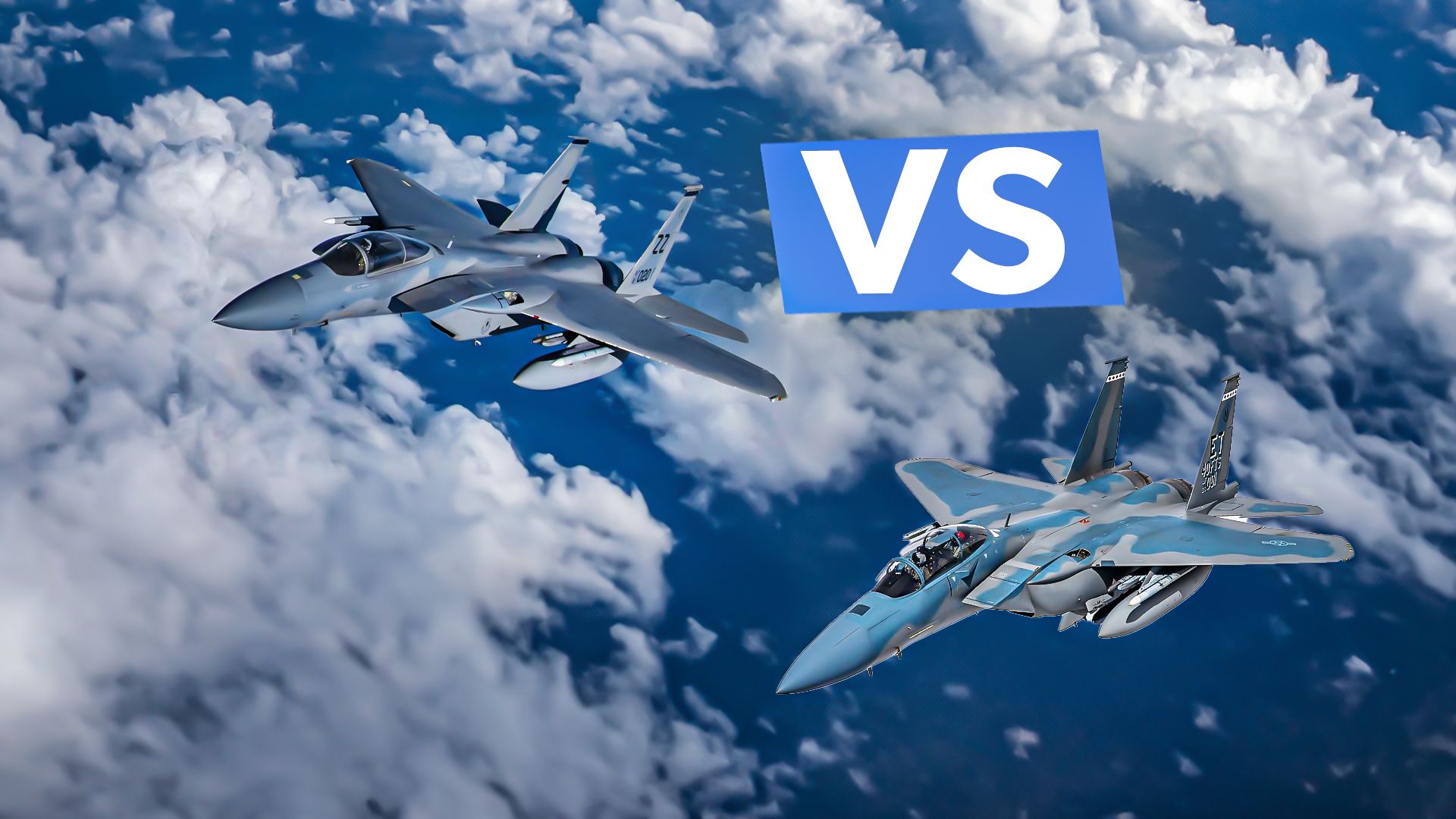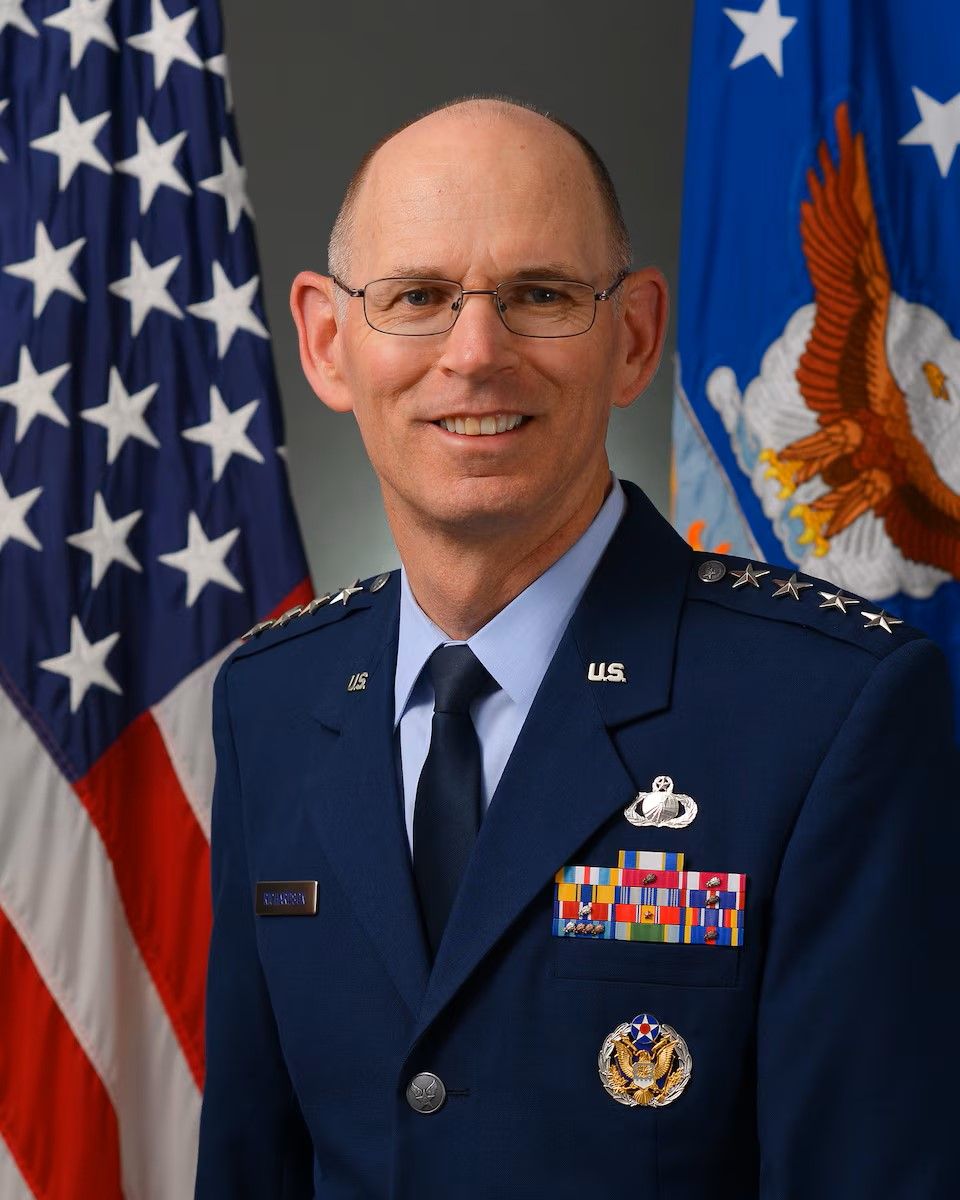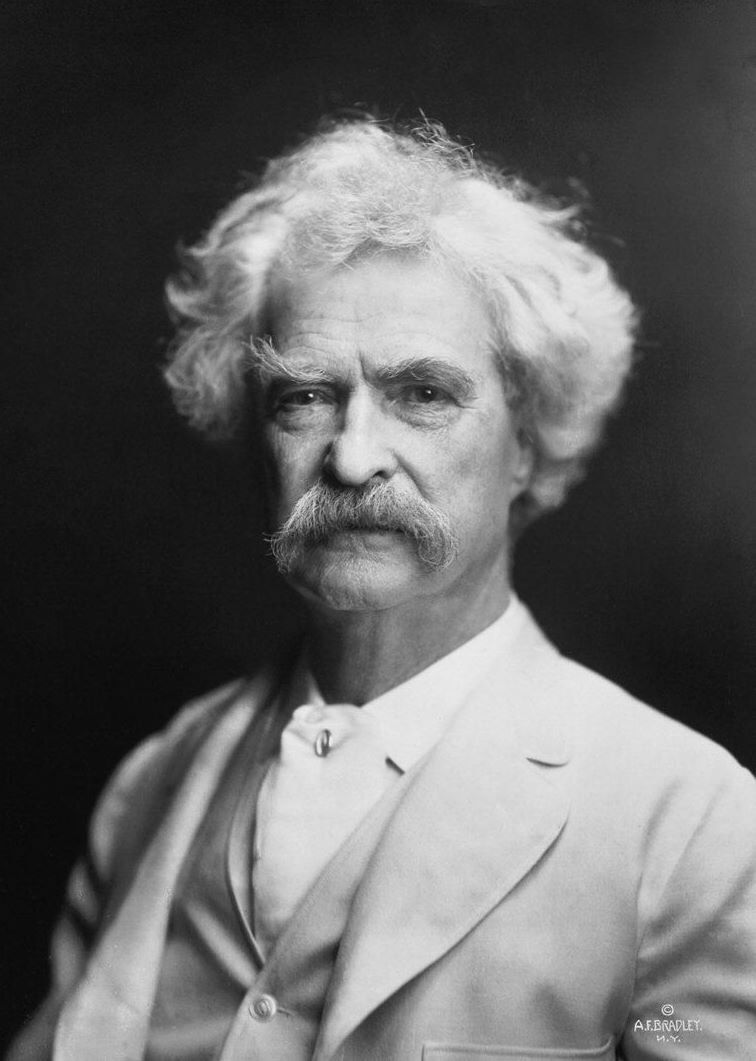The F-15 has various variants, including the F-15EX Eagle II and F-15C, both used by the US Air Force. What’s the difference between them? Well, the short two-part answer is as follows:
- The F-15C Eagle is over three decades older than the F-15EX Eagle II
- The Eagle II is a two-seater that excels at both air-to-air and air-to-ground combat roles (just like its predecessor, the F-15E Strike Eagle). The F-15C is a single-seater designed strictly for air superiority.
But our loyal readers don’t turn to us for short answers but for insights. With that in mind, Simple Flying now delves into the details of the differences between the F-15C and F-15EX iterations of the time-honored and battle-proven McDonnell Douglas (now Boeing) Eagle fighter jet platform.
Origins and early histories
The single-seat F-15C debuted in 1979 (seven years after the original variant, the F-15A, made its maiden flight). To provide our readers with a historical snapshot:
- Jimmy Carter was the President of the United States (POTUS)_.
- The Cold War was still raging — this was the year the Soviet Union invaded Afghanistan, no less — and would continue to do so for another 12 years.
- Disco music ruled the radio airwaves and the nightclubs.
As for the F-15EX, it made its own maiden flight on February 2, 2021, and entered operational service with the US Air Force this past July. To provide a historical snapshot of February 2021:
The F-15EX is derived from:
- The F-15E Strike Eagle (AKA the “Mudhen”), itself a multirole fighter and bomber, which made its maiden flight on December 11, 1986; and
- The F-15 Advanced Eagle family of aircraft, which debuted on February 20, 2013.
The Improvements, i.e., “Out with the old, in with the new”
So what advantages does the Eagle II confer over its predecessor variants (the one-seat “Charlie” and the two-seat “Echo [using the NATO phonetic alphabet here])?
Moreover, Valeria Insinna quotes then Lt. Gen. Duke Z Richardson as saying in an April 2021 article for Defense News:
“Most important is the aircraft’s open architecture backbone, which will allow the service to quickly update the aircraft and add new capabilities.”
Eagle drivers compare the F-15EX to the F-15C
It’s one thing to talk about on-paper comparisons and contrast between the older and newer Eagles, but in the immortal words of Samuel Langhorne Clemens (November 30, 1835 – April 21, 1910), better known by his nome de plume of Mark Twain:
“If you hold a cat by the tail you learn things you cannot learn any other way.”
According to pilots who’ve held both the older and newer Eagles by the tail, i.e., flown both the F-15C and the F-15EX, there is a notable difference between them.
A statement from the US Defense Department cites 123rd Fighter Squadron pilot, Lt. Col. Joel “Thermo” Thesing of the Oregon Air National Guard’s 142nd Wing (AKA the “Redhawks”), who was training to transition from the F-15C to the F-15EX, as saying:
“My impression of the F-15EX after flying it for the first time was that it is an awesome, awesome aircraft,” said Lt. Col. Joel ‘Thermo’ Thesing. “The engines feel like they have a lot more power than those in the C-model, and the radar and avionics are a generational improvement over the F-15C as well.”
It doesn’t take too long for experienced airmen to transition between the aircraft. 142nd spokesperson Steve Conklin told Air & Space Forces Magazine that training a C-model pilot to fly the EX takes only about two weeks.
“Our Airmen are fully capable and enthused to be trailblazers for the Air Force in the State of Oregon,” Conklin said.
A former Mudhen driver shared a more critical perspective on the F-15EX’s advantages on his YouTube Channel:
“’When I look at this thing it makes me salivate a little bit,” former Air Force Maj. Ryan Bodenheimer said on his YouTube channel [Max Afterburner] in 2023. ‘The F-15E was great, but the screens on that thing were small, they needed updating,’ and they were difficult to see depending on the outside light.”
“‘This is going to be a huge force multiplier because it increases your situational awareness by allowing you to just kind of breathe and see what’s going on, without having the anxiety of thinking “OK, I’ve got to be so careful because I could miss the tiniest little green blip on my screen that could be something that I needed to see.”‘



